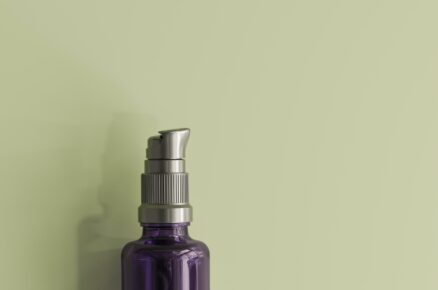
Seafood comes in a plethora of varieties. There is an equally wide variety of packing supplies available to package a wide variety of your delicious marine offerings. Let’s discuss your options and find out which one is best for your business.
Vacuum Packaging
One popular packaging method for seafood is vacuum packaging. This type of packaging removes the air from the packaging, which can extend the shelf life of the seafood and keep it fresh for longer. This requires film over a base package.
Modified Atmosphere Packaging (MAP)
Another popular packaging method for seafood is Modified Atmosphere Packaging (MAP). This type of packaging changes the atmosphere inside your packaging to extend the shelf life of your seafood products. It replaces the air inside the package with a mixture of gasses such as nitrogen, carbon dioxide, and oxygen. Making sure your packaging size is correct helps streamline this option.
IQF Food Freezing Method
IQF is a method of freezing food where small pieces of food are frozen individually rather than as a large block. The main advantage of IQF is that it allows for faster freezing times, which can help preserve the shape, color, scent, and flavor of your food products better than other freezing methods.
However, IQF can prevent the formation of large ice crystals in the food, which can damage cells and degrade the quality of the product. If you need combined benefits of this and the previously mentioned option, go for custom freeze-dried food bags.
Thermoformed Trays
Thermoformed trays are another popular type of packaging used for seafood items like fish filets, crab meat, and shrimp. The trays are made of plastic and are designed to hold your seafood products more securely.
Retort Packaging
Retort packaging is used for seafood that is pre-cooked and then sealed in a container. The container is then heated to a high temperature, sterilizing the food and extending its shelf life.
Cans
Canned seafood is a popular option for packaging seafood as it provides a long shelf life, easy storage, and is easy to transport. The seafood is cooked and then sealed in a can, and sterilized to extend its shelf life.
Flexible Packaging
Flexible pouches, also known as stand-up pouches, are becoming increasingly popular in the seafood packaging industry. We mentioned this in the IQF method option.
Custom pouches offer several advantages, such as being resealable, lightweight, easy to transport, and taking up less space than traditional packaging materials.
The pouches also allow for a high degree of customization and can be printed with eye-catching designs, making them an attractive option for branding and marketing.
Flexible pouches are also environmentally friendly, as they have a lower carbon footprint and use fewer resources during production compared to other packaging materials. They can also be made with environmentally friendly materials like bioplastics.
Best Packaging Method for Your Seafood
In conclusion, there are various packaging methods available for seafood products, each with its own advantages and disadvantages. Choosing the right packaging method for your seafood depends on factors such as the type of seafood, the intended shelf life, and the distribution process.
However, regardless of the method chosen, it is crucial to ensure that the packaging is of high quality and meets all safety and regulatory standards. Proper packaging can help preserve the freshness, quality, and safety of seafood products, ensuring customer satisfaction and reducing waste. So, if you are a seafood producer or supplier, take the time to evaluate your options with a professional packaging house, learn about them, and choose the packaging method that best suits your needs and those of your customers.







